Baked Falafel
Making baked falafel balls at home is not as hard as you think! This oil-free baked falafel recipe is healthy, quick and kid-friendly. Use canned chickpeas and food processor to make things even easier.
Baked Falafel
I love using this Baked Falafel in place of meat or poultry. While we eat pretty much everything in my house, we love eating all kinds of fruits, vegetables, and legumes. Even omnivores can enjoy “meat alternatives,” especially when they taste this good!
There are two ways to bring all of the ingredients together for my Baked Falafel. For a rougher texture I would recommend smashing the chickpeas by hand using a pastry cutter like we did in the video or a potato masher. If you prefer a smoother texture you can add all of the Baked Falafel ingredients (keeping the yogurt and lemon juice and zest separate) to a food processor and pulse until you reach the consistency you like. Both ways are delicious!
Traditional Falafel
Falafel is traditionally a deep-fried street food that originated in Egypt (although some believe it originated in Yemen) and spread to other areas of the Middle East. Today it is enjoyed around the world and is a staple in American cuisine, especially vegetarian and vegan cuisine. Falafel can be made with chickpeas, fava beans, or both mixed with herbs and spices. Deep frying gives falafel a satisfying crunch, but also greatly increases the amount of fat. By using the oven for my Baked Falafel rather than a deep-fryer, I am improving the overall nutrition of the dish while keeping the flavors delicious.
Essential Amino Acids
Protein is made up of building blocks called amino acids. There are 20 different types of amino acids and nine of these are considered “essential,” meaning our bodies cannot make them. Because our bodies cannot make these nine amino acids, we need to obtain them from our diet.
Each of the essential amino acids carry out important processes in our bodies. For example, our bodies use phenylalanine and tryptophan to make certain neurotransmitters that affect mood, hunger, sleep, and memory (1,2). Threonine is an important component to collagen and elastin and plays a role in fat metabolism and immune function (3). Methionine is essential for our bodies to absorb nutrients like zinc, selenium, and other important minerals (4). But this is only the tip of the iceberg….
As with all micro- and macronutrients, we want to avoid under- and over-consumption. Just because valine, for example, is important in muscle growth, tissue repair, and energy (5) doesn’t mean going beyond the recommended daily allowance will be better than meeting the recommended daily allowance. In many cases, over-dosing on micro and macronutrients can actually be harmful. It is extremely hard to overdose when food, rather than supplements, is your source.
Complete Proteins- Do I Need Them?
You may have heard the term “complete protein” tossed around, but what does it mean? Complete proteins are foods that contain all nine essential amino acids. These include meats, eggs, tofu, soy, buckwheat, quinoa, and dairy. As I mentioned above, these essential amino acids are important for our bodies’ proper functioning, so getting them in adequate amounts is important. But is it necessary to eat complete proteins to be healthy?
Technically speaking, all protein-containing foods have amino acids in varying amounts. A complete protein contains all of the essential amino acids in adequate amounts to be considered good sources. Unless you are only eating complete proteins and nothing else, it is unnecessary to get all of your essential amino acids from one food type or even in one meal. This doesn’t mean I don’t promote the consumption of meat, eggs, tofu, soy, buckwheat, quinoa, or dairy; it only means that I think these foods have benefits beyond their classification as a “complete protein.”
To illustrate what I mean, here is a chart of the essential amino acids in a handful of plant-based proteins (amount estimated based on single-serving; % based on reference daily intake for adults).
Essential Amino Acids in Typical Plant-Based Protein
| His* | Ile* | Leu* | Lys* | Met* | Phe* | Thr* | Trp* | Val* | |
| Lentils | 63% | 48% | 41% | 52% | 18% | 88% | 53% | 50% | 42% |
| Chickpeas | 43% | 33% | 28% | 34% | 19% | 66% | 38% | 37% | 25% |
| Hempseed | 42% | 28% | 24% | 18% | 38% | 50% | 36% | 40% | 29% |
| Green Peas | 15% | 14% | 12% | 15% | 11% | 23% | 19% | 13% | 13% |
| Spirulina | 11% | 16% | 13% | 10% | 11% | 22% | 20% | 23% | 14% |
| Oats | 30% | 26% | 24% | 17% | 22% | 53% | 28% | 43% | 26% |
| Chia Seeds | 22% | 16% | 14% | 13% | 23% | 33% | 19% | 44% | 15% |
| Peanut Butter | 25% | 14% | 18% | 10% | 12% | 43% | 16% | 26% | 14% |
| Almond Butter | 26% | 19% | 18% | 9% | 5% | 43% | 17% | 19% | 17% |
*Histidine (His); isoleucine (Ile); leucine (Leu); lysine (Lys); methionine (Met); phenylalanine (Phe); threonine (Thr); tryptophan (Trp); valine (Val)
If you are a vegetarian or vegan eating a variety of sources of plant-based proteins and produce you should have nothing to worry about.
Similar pages:
If you want to try other recipes with chickpeas, check out my Chickpea Masala or my Roasted Red Pepper Hummus. For other plant-based sources of protein, try my Lentil Bolognese or my Southwest Black Bean Quinoa Salad.
References:
- National Center for Biotechnology Information. PubChem Database. Phenylalanine, CID=6140, https://pubchem.ncbi.nlm.nih.gov/compound/Phenylalanine (accessed on Nov. 18, 2019)
- National Center for Biotechnology Information. PubChem Database. Tryptophan, CID=6305, https://pubchem.ncbi.nlm.nih.gov/compound/Tryptophan (accessed on Nov. 18, 2019)
- National Center for Biotechnology Information. PubChem Database. L-Threonine, CID=6288, https://pubchem.ncbi.nlm.nih.gov/compound/L-Threonine (accessed on Nov. 18, 2019)
- National Center for Biotechnology Information. PubChem Database. Methionine, CID=6137, https://pubchem.ncbi.nlm.nih.gov/compound/Methionine (accessed on Nov. 18, 2019)
- National Center for Biotechnology Information. PubChem Database. Valine, CID=6287, https://pubchem.ncbi.nlm.nih.gov/compound/Valine (accessed on Nov. 18, 2019)
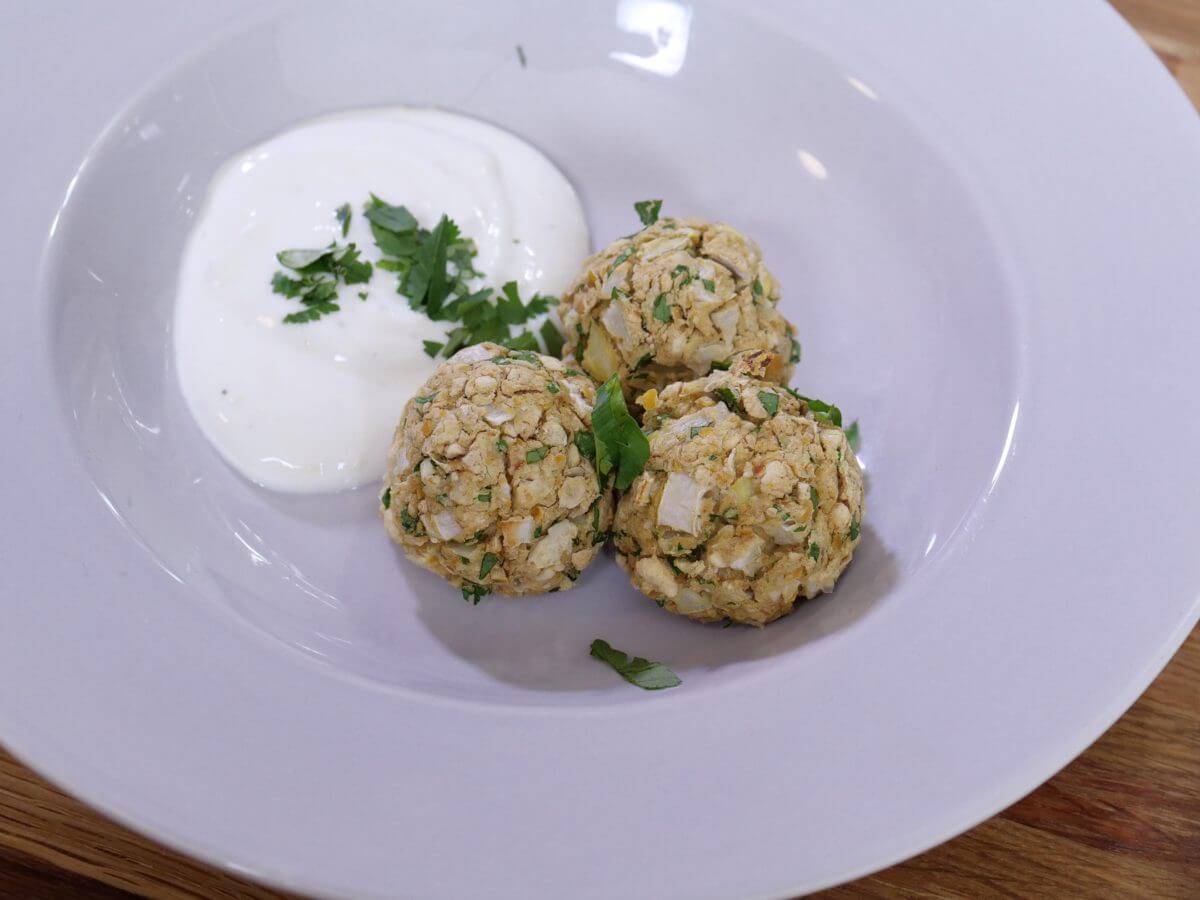
Ingredients
- 1 14.5 ounce can chickpeas rinsed and drained
- 1 onion diced
- 2 cloves garlic minced
- 1 tablespoon parsley chopped
- 2 tablespoons flour
- 1 teaspoon coriander
- 1 teaspoon cumin
- ½ teaspoon baking powder
- ¼ teaspoon kosher salt
- 1/8 teaspoon ground black pepper
- 1 cup plain Greek yogurt
- Zest of 1 lemon
- Juice of 1 lemon
Instructions
- Preheat oven to 350 degrees F.
- Mash chickpeas with potato masher or in food processor. Add onions and garlic and blend. Add parsley, flour, coriander, cumin, baking powder, salt, and pepper and mix into a thick paste consistency.
- Line baking sheet with parchment paper and spray with olive oil spray. Shape falafel into balls (size of golf balls) and place on baking sheet. Bake 20 minutes, turning halfway.
- Mix yogurt with zest and juice. Taste and season with salt accordingly. Serve falafel with yogurt dip.
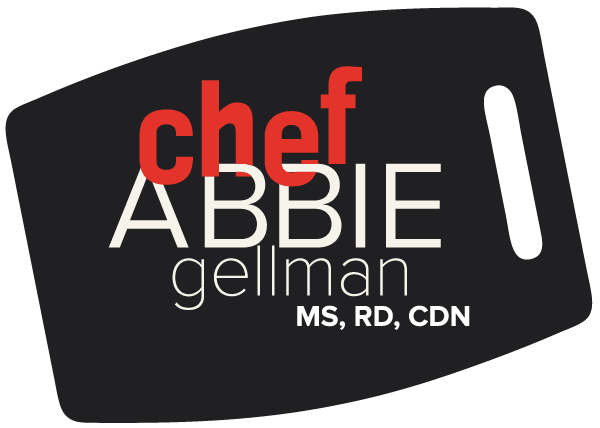
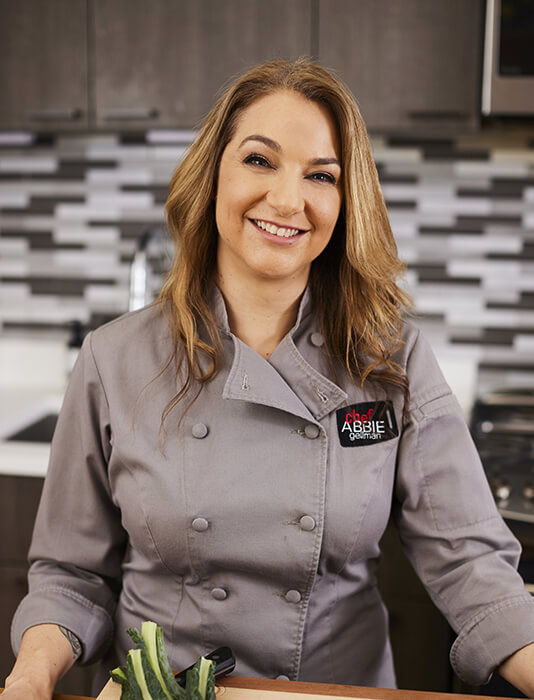

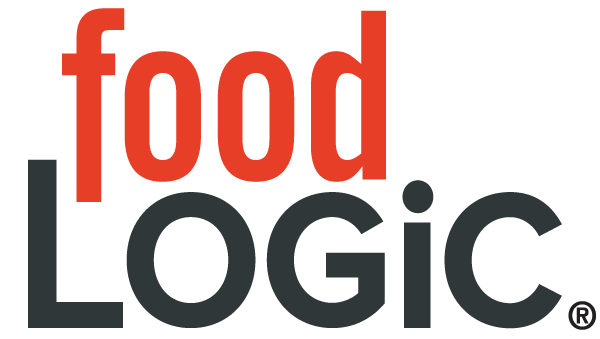

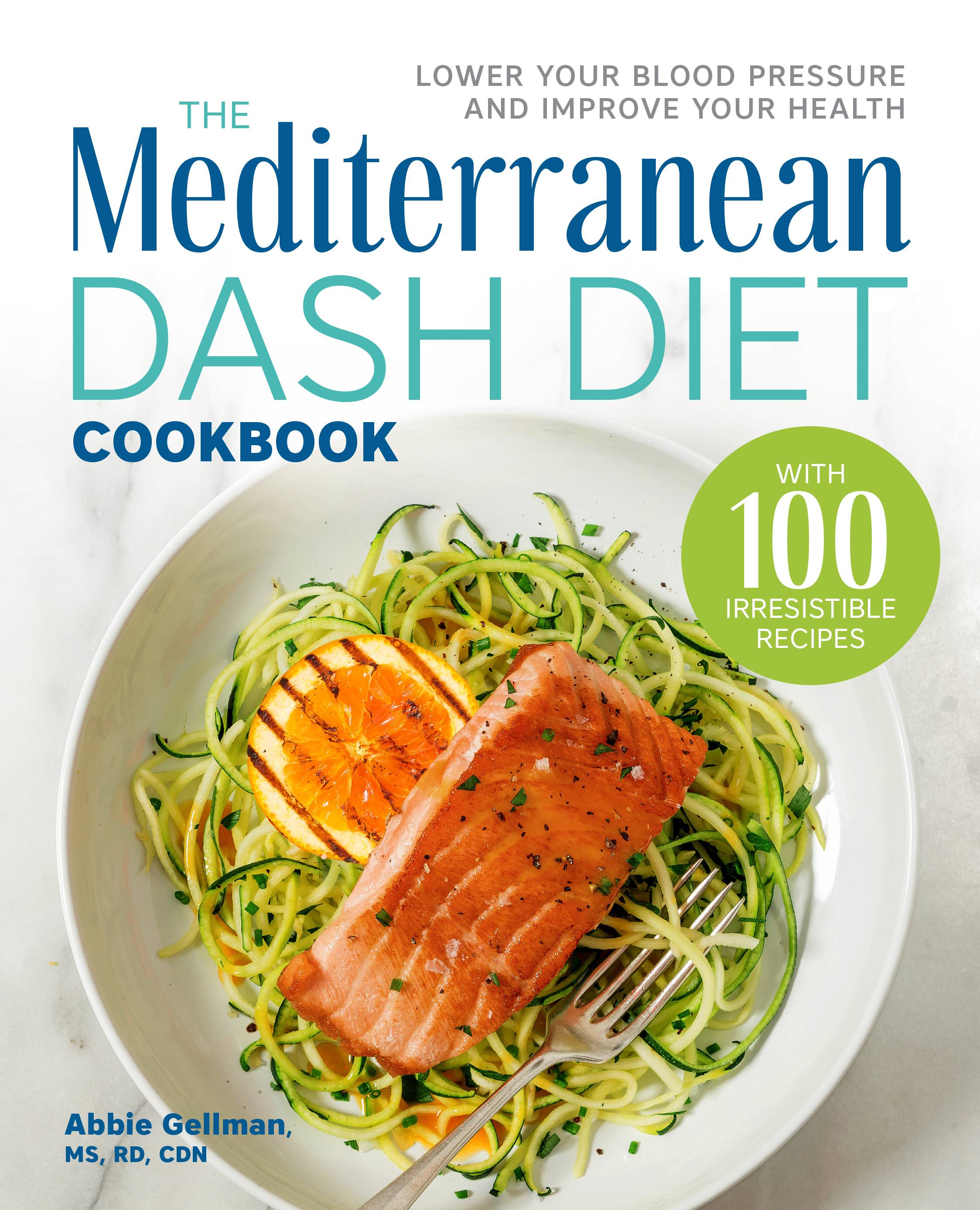

May I simply just say what a relief to uncover an individual
who truly understands what they’re talking about online.
You actually understand how to bring an issue to light and make it important.
A lot more people must read this and understand this side
of the story. It’s surprising you’re not more popular because you
surely have the gift.